‘Slime’ shows how algae have shaped our climate, evolution and daily lives
The new book ‘Slime’ makes the case that algae deserve to be celebrated.
Every print subscription comes with full digital access

Lyme disease is hard to detect, but scientists are investigating new diagnostic approaches.
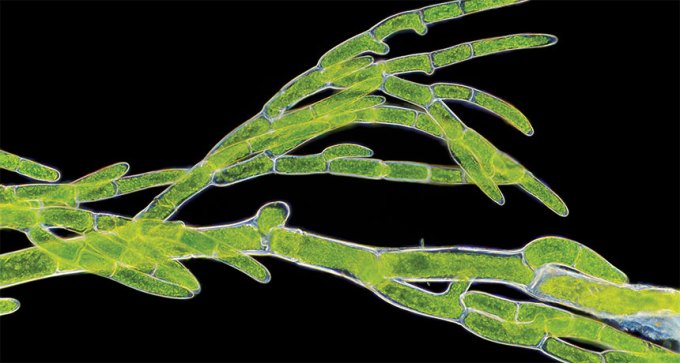
The new book ‘Slime’ makes the case that algae deserve to be celebrated.
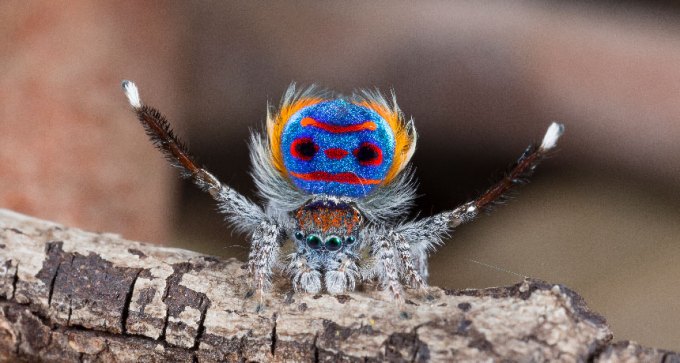
By manipulating light with tiny structures, patches on peacock spiders appear superblack, helping accentuate the arachnids’ bright colors.
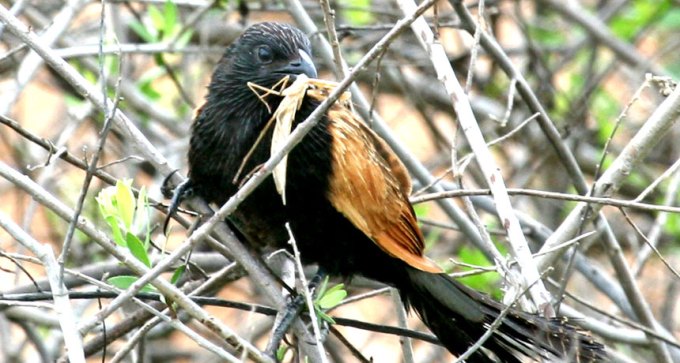
Frantic parenting demands after eggs hatch curtail male black coucals’ philandering excursions the most, a study finds.

Scientists and journalists share a core belief in questioning, observing and verifying to reach the truth. Science News reports on crucial research and discovery across science disciplines. We need your financial support to make it happen – every contribution makes a difference.
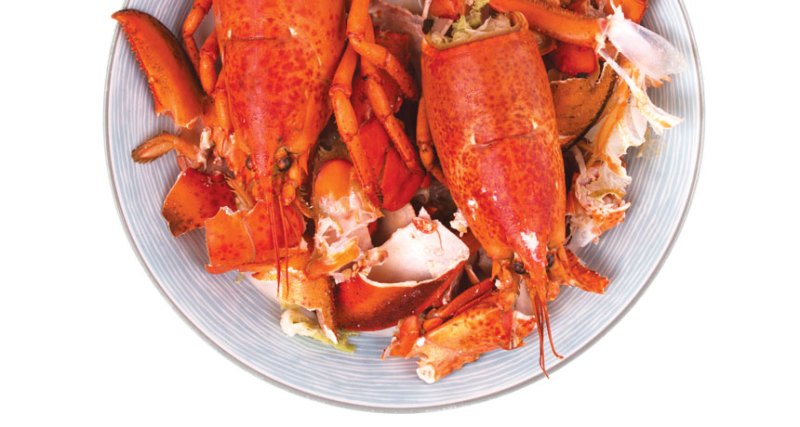
Chitin and chitosan from crustacean shells could put a dent in the world’s plastic waste problem.
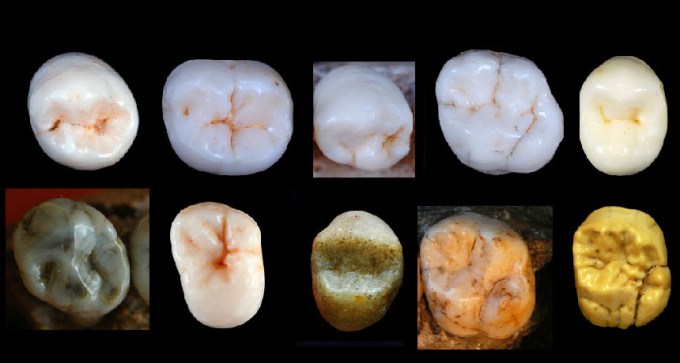
A study of fossilized teeth shifts the age of the last common ancestor between Neandertals and humans.
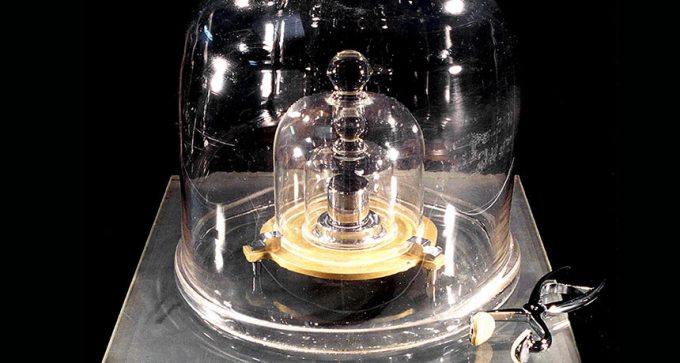
After years of preparation, new definitions for the basic units of mass, temperature and more have now gone into effect.
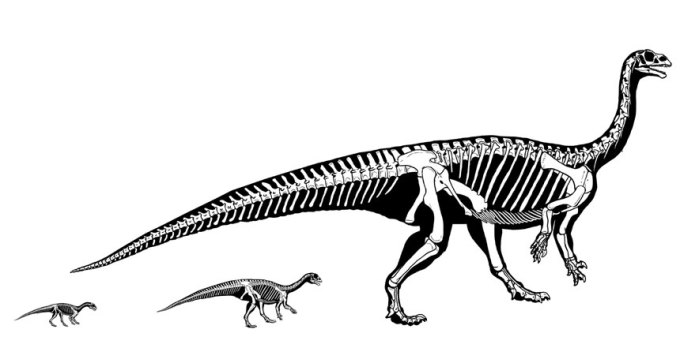
A new computer analysis shows how Mussaurus patagonicus' center of gravity changed as the dinosaur grew.
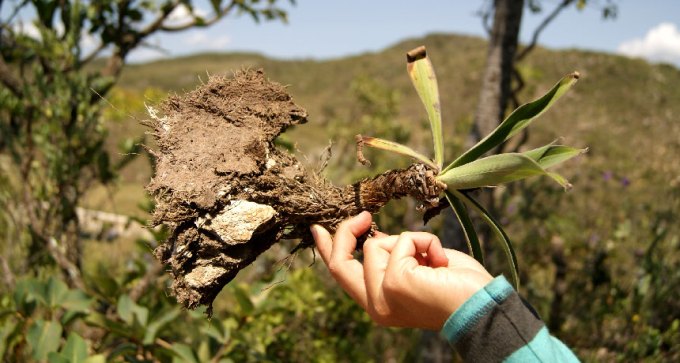
Shrubs in mountainous areas of Brazil have specialized roots that secrete chemicals to extract phosphorus from rock.

Ravens may pick up and share their compatriots’ negativity, a study on the social intelligence of these animals suggests.
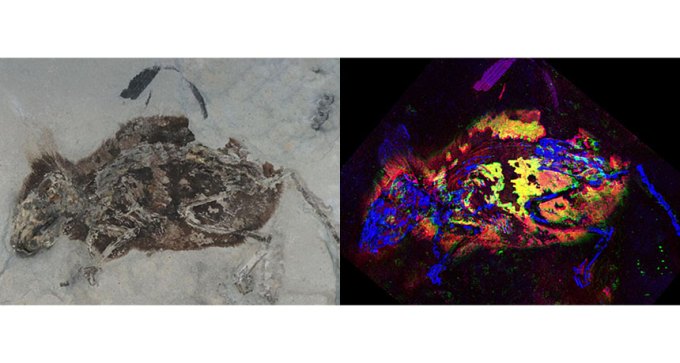
For the first time, scientists have identified the chemical fingerprint of red pigment in a fossil.

Since 2013, eastern China has increased its annual emissions of a banned chlorofluorocarbon by about 7,000 metric tons, a study finds.
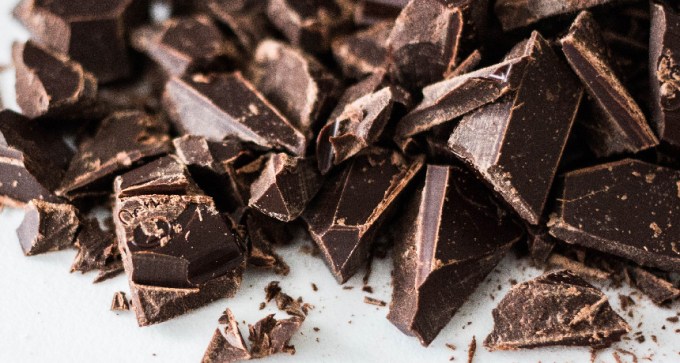
Scientists have worked out the chemistry of dark chocolate’s smell and reconstructed the aroma.
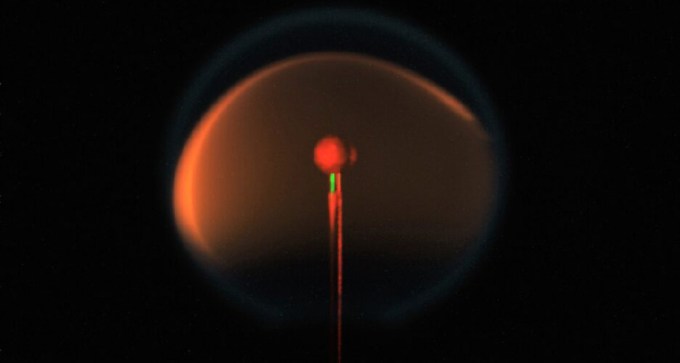
In microgravity, flames are sphere-shaped. Tests of fire on the International Space Station are helping show how gases flow within flames.
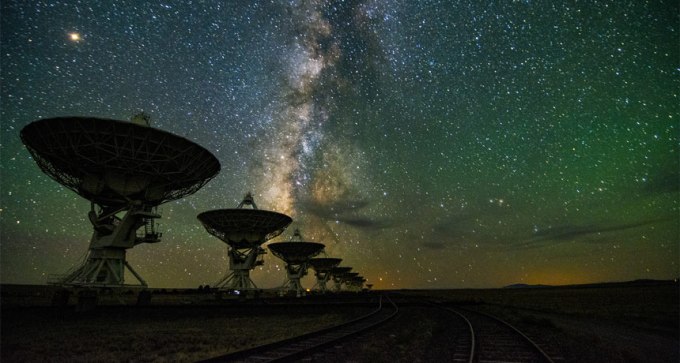
Astronomers have found dozens of surprisingly massive black holes far from the centers of their host dwarf galaxies.
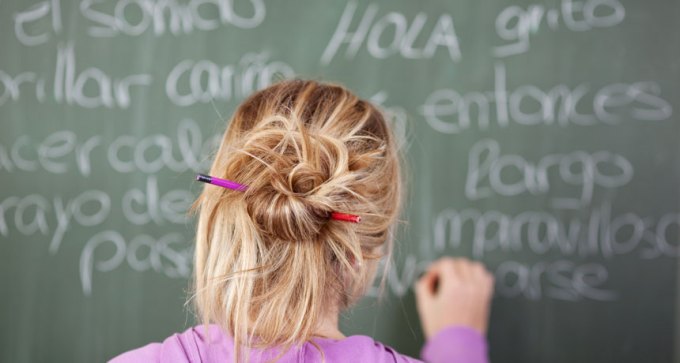
A large study of U.S. bilingual children didn’t turn up obvious benefits in abilities to ignore distractions or switch quickly between tasks.
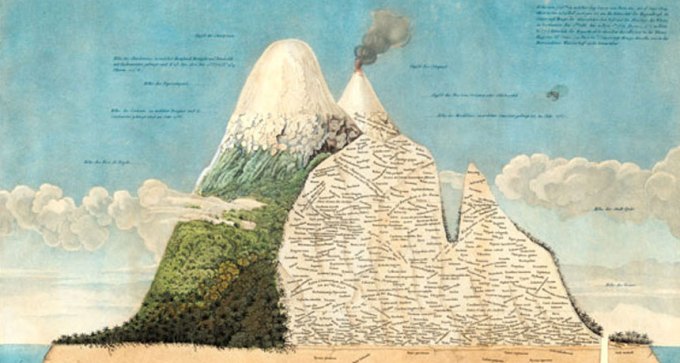
A seminal, 212-year-old diagram of Andean plants by German explorer Alexander von Humboldt is still groundbreaking — but outdated, researchers say.
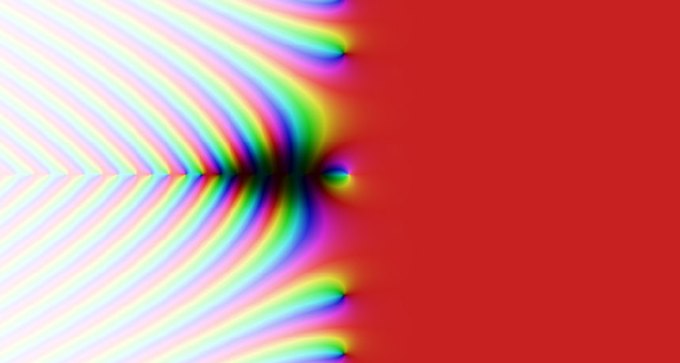
A new study advances one strategy in the quest to solve the notoriously difficult problem, which is still stumping researchers after 160 years.
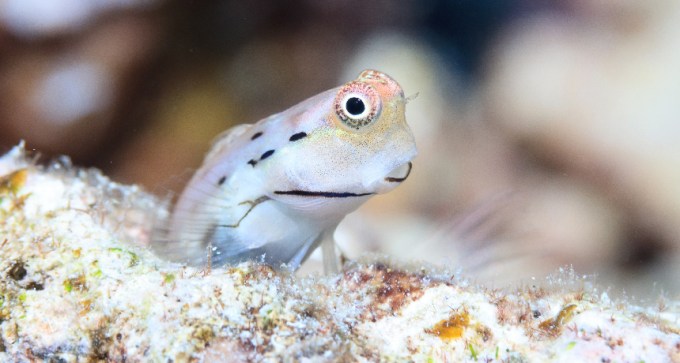
More than half of the fish flesh that predators in coral reefs eat comes from tiny, hard-to-spot species.
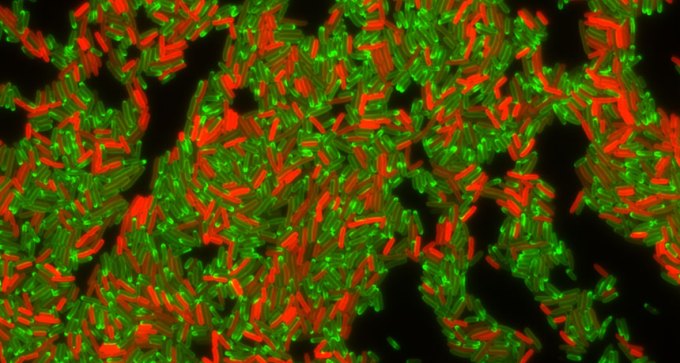
A pump protein can keep bacteria alive long enough for the microbes to develop antibiotic resistance.
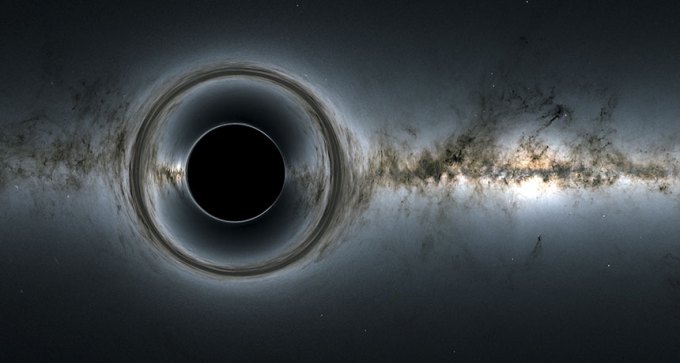
A lab-made black hole that traps sound, not light, emits radiation at a certain temperature, as Stephen Hawking first predicted.
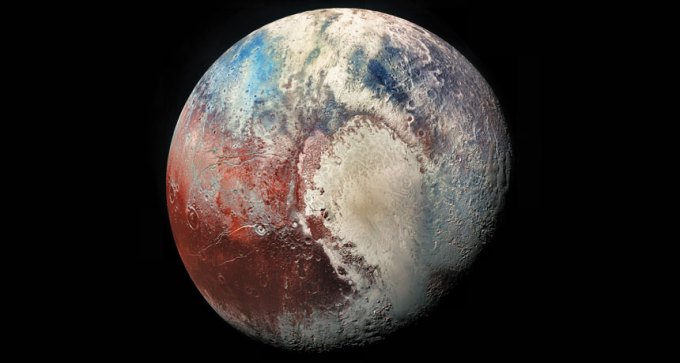
Planetary scientists found ammonia-rich ice near cracks on Pluto, suggesting the dwarf planet had recent icy volcanoes.
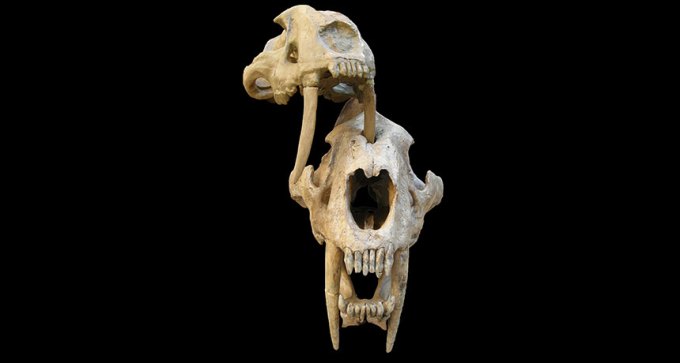
Two Smilodon fossil skulls from Argentina have puncture holes likely left by the teeth of rival cats.
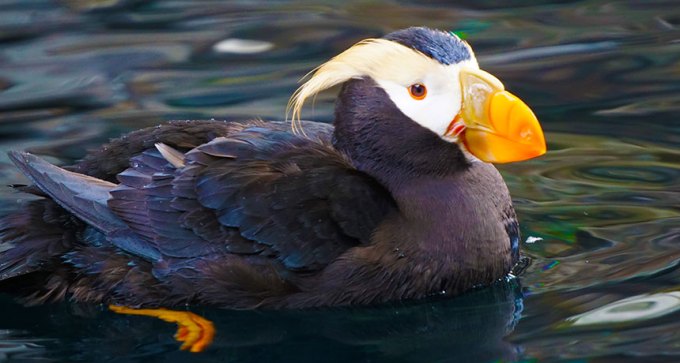
A mass die-off of puffins and other seabirds in the Bering Sea is probably linked to climate change, scientists say.
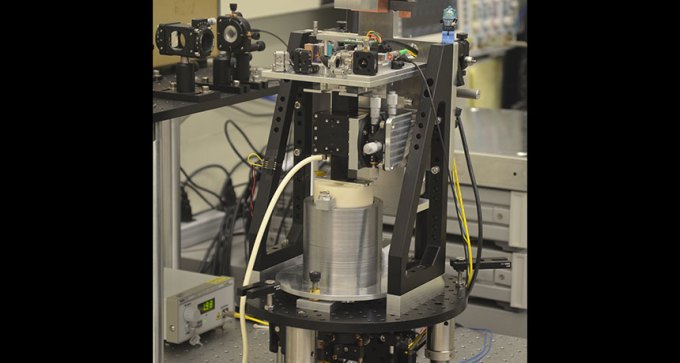
The mini Kibble balance will measure 10 grams to an accuracy of a few ten-thousandths of a percent.
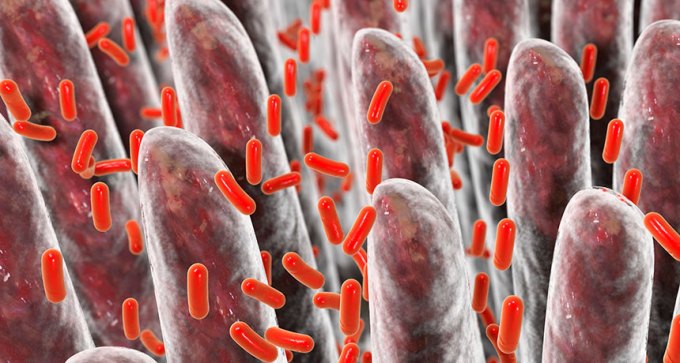
A new survey of interactions between microbes and medications suggests that gut bacteria play a crucial role in how the body processes drugs.
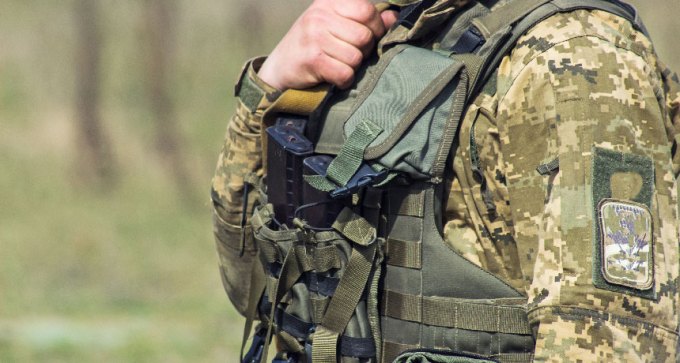
In 1969, bulletproof armor used boron carbide fibers. Fifty years later, bulletproof armor is drastically lighter and made from myriad materials.
Subscribers, enter your e-mail address to access the digital replica edition.